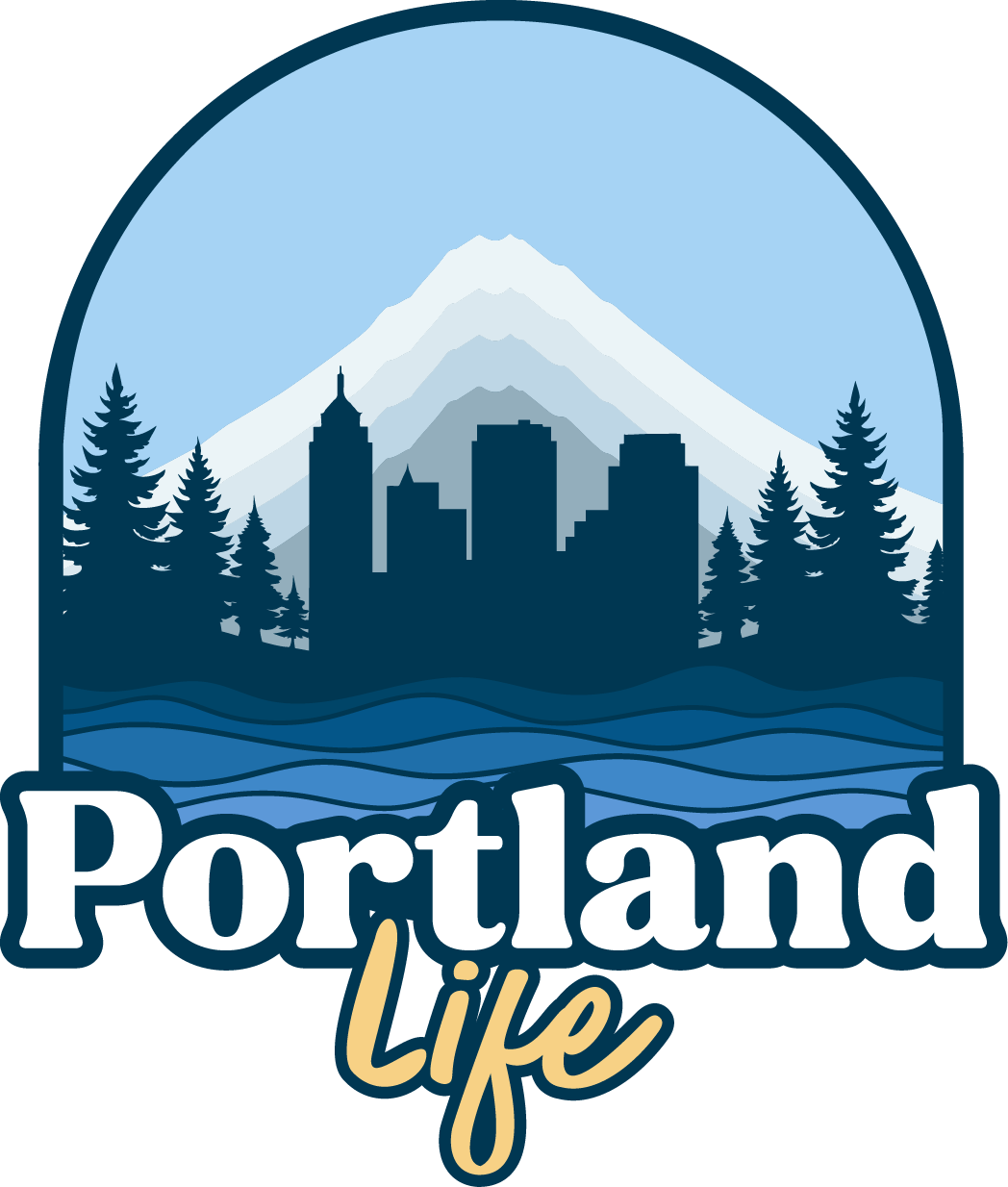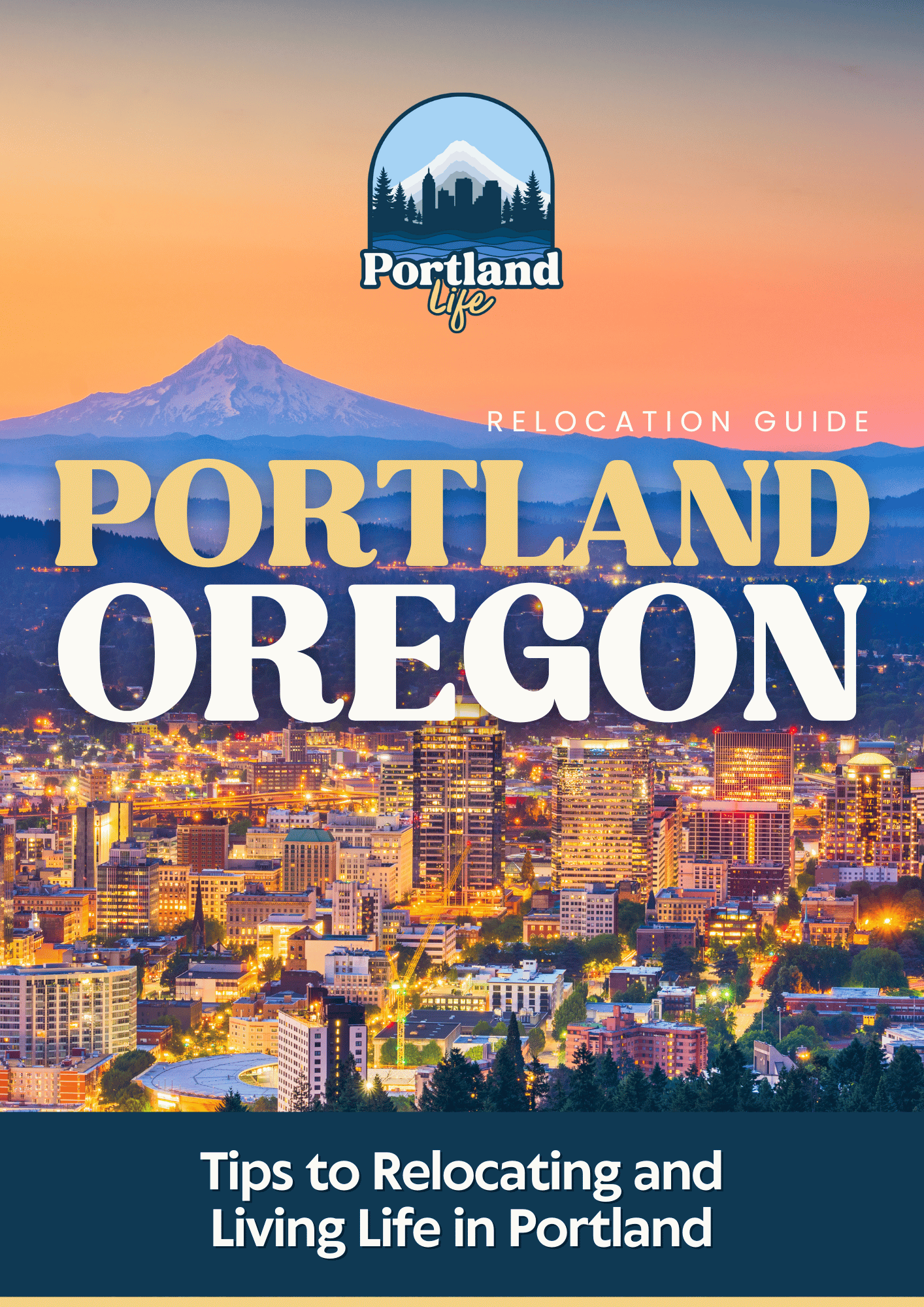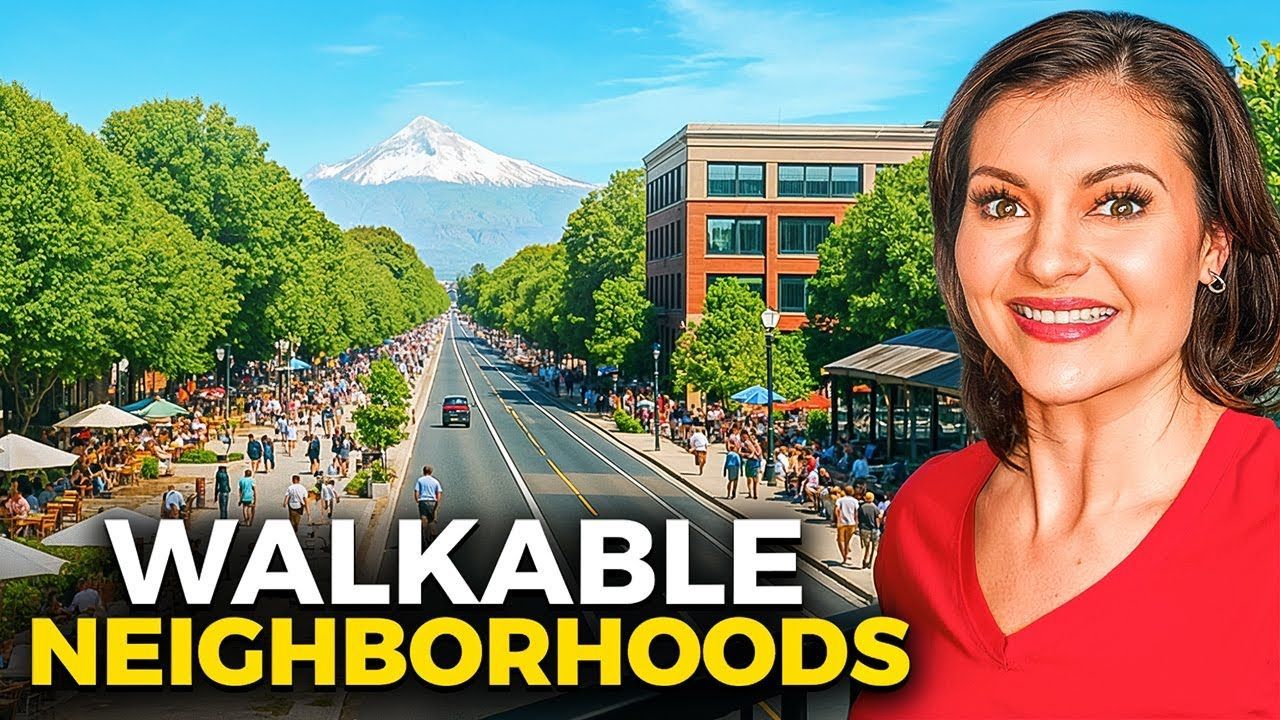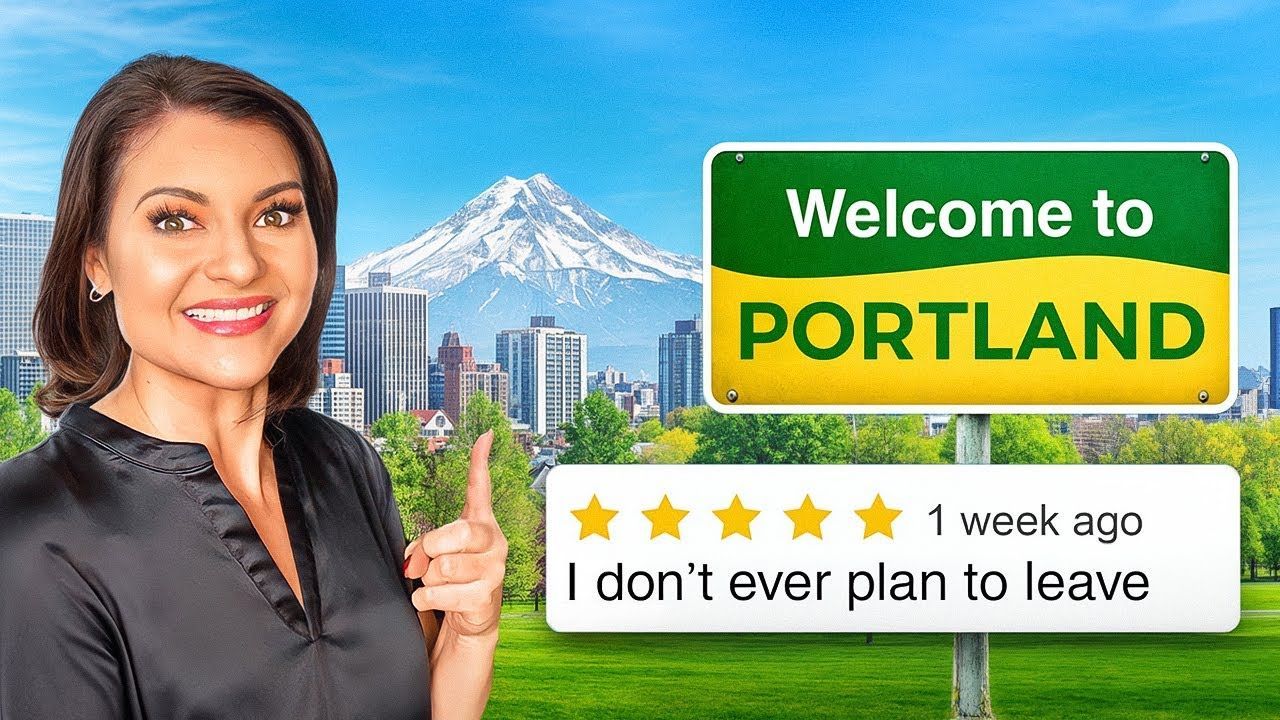12 Things You Must Handle Before Moving to Portland, Oregon
If you’re thinking about moving to Portland, Oregon, this guide is the most important thing you’ll read before you pack a single box. We made a video outlining the twelve day-to-day realities that frequently surprise new arrivals, and in this article we’ll walk you through each one in detail, with practical tips and local context so you can decide whether this city fits your life. If you’re moving to Portland, Oregon, this piece will help you avoid buyer’s remorse and set realistic expectations about what living here is actually like.
Table of Contents
- Looks Walkable… But You’ll Likely Need a Car in Portland
- It’s More Than Just the Rain — Portland’s Long, Gray Climate
- Moss, Mildew, Mold, and Drainage: Ongoing Maintenance in Portland Homes
- One-Level Homes Are Rare and Competitive in Portland
- No Sales Tax, but Portland’s Cost of Living Is High
- School Districts in Portland Vary — Even Within the Same Zip Codes
- Expect to Compromise on Something When Moving to Portland
- Homelessness and Crime You’ll Notice in Portland Neighborhoods
- Downtown Portland Isn’t the Thriving Metropolis It Used to Be
- Portland Politics: Take a Hard Left — Very Progressive Culture
- Chains Are Out, Local Is In — Portland’s Local-First Lifestyle
- Portlanders Are Friendly — But Can Be Hard to Befriend) FAQ — Moving to Portland, Oregon
- Practical Next Steps If You’re Considering Moving to Portland, Oregon
Looks Walkable… But You’ll Likely Need a Car in Portland
Portland gives off a very walkable vibe in photos and social media: coffee shops on corners, packed neighborhoods, bike lanes, and people strolling. But if you’re seriously considering moving to Portland, Oregon, you have to know that most people still need a car. The city’s transit system—while functional in pockets—doesn’t cover the metro with the frequency or reach many newcomers expect.
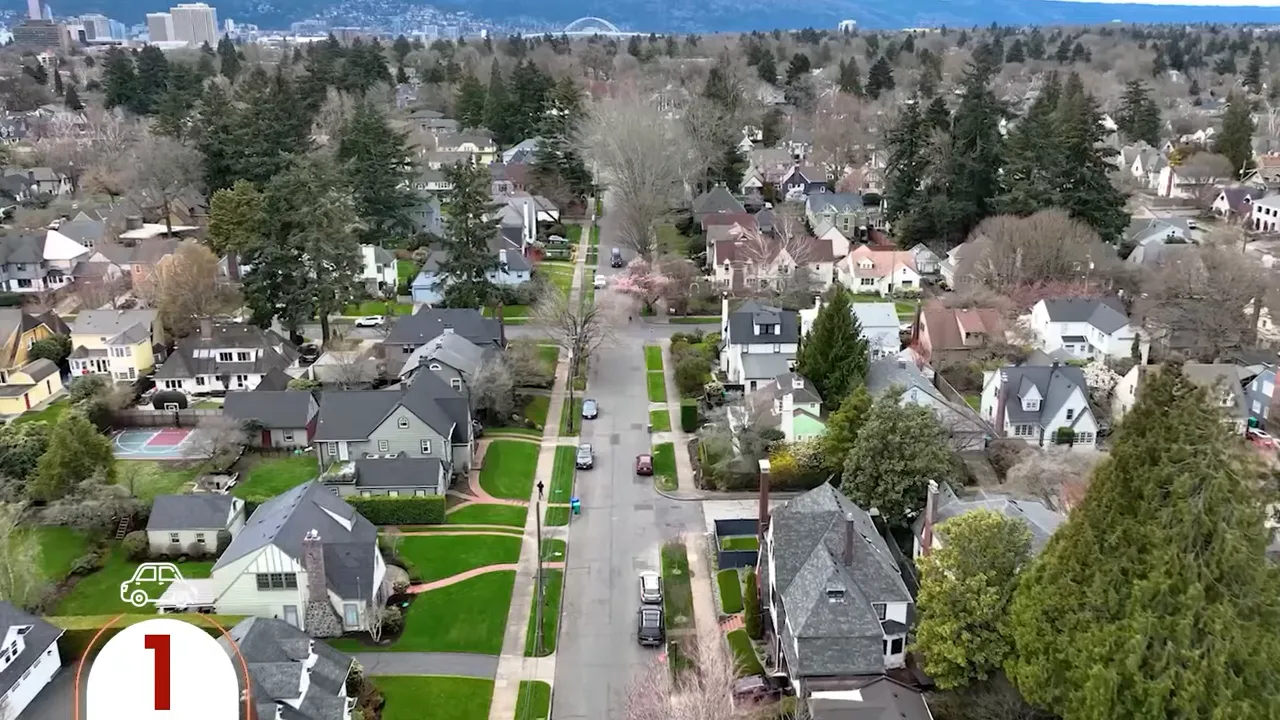
Practical reality:
- MAX light rail has limited lines: one long east–west line and a shorter north–south line. Many neighborhoods aren't conveniently served.
- Park-and-ride culture: you often drive to a lot of transit stops, which reduces the point of leaving the car behind.
- Topography matters: Portland is hilly. A short walk to a bus stop can be all uphill, which is a major factor for older residents, families with strollers, or anyone with mobility limitations.
- Errands and weekend life: big-box stores, specialty shopping, and many medical visits still require a car for convenient access.
If walkability is your top priority, you’ll likely be hunting for a downtown-ish address or one of the small “pocket” walkable neighborhoods on either side of the Willamette River. Otherwise, budget for car ownership, parking, and the time drivers spend in traffic.
Why Public Transit Doesn’t Cut It
We want transit to work—but in practice, it's not a fully reliable replacement for owning a car in Portland. During rush hour, driving across town can tack on 15–30 minutes or more. Bus routes share congested roads and can’t always make up time. If you’re moving to Portland, Oregon and expecting to commute without a car, you’ll need to plan for exactly where you’ll work, where you’ll live, and whether that commute aligns with frequent transit routes.
Tips if you want to rely mostly on transit:
- Live very close to a MAX station or major bus corridor.
- Prioritize job locations that are transit-friendly.
- Consider mixed commute options — biking to a park-and-ride, rideshares, or working hybrid schedules.
It’s More Than Just the Rain — Portland’s Long, Gray Climate
When people say “it rains a lot” they rarely convey the emotional and practical impact of Portland’s climate. If you’re moving to Portland, Oregon from a consistently sunny area, the long gray season—often November through May—can be a shock. It’s not only precipitation; it’s low, persistent cloud cover, short daylight hours, and stretches of gloomy weather that affect mood and routines.
Living here means adapting to:
- Seasonal light changes: mornings and late afternoons can be very dark; many residents use daylight lamps or plan trips to sunnier places.
- Varied rain types: from mist to heavy downpours; Portlanders have a thousand words for it and the wardrobe to match.
- Mud and seasonal yard conditions: heavy wet soils and muddy yards are common until late spring.
If seasonal affective disorder or long winters impact you, try living here during the gray months before committing. Many prospective residents rent for a season to see if they can manage the long winter rhythm. One couple I worked with stayed through January before deciding—what they experienced helped them set accurate expectations.
Moss, Mildew, Mold, and Drainage: Ongoing Maintenance in Portland Homes
All that moisture leads to growth: moss on roofs and decks, mildew on siding and patios, and occasional mold in poorly ventilated spaces. People moving to Portland, Oregon should expect to invest more in exterior home maintenance than they might in drier regions.
Common maintenance items:
- Annual pressure washing of decks, patios, and walkways.
- Gutter cleaning and moss removal from roofs to prevent damage.
- Attic ventilation upgrades to reduce mildew in crawlspaces and attics.
- Drainage solutions: some homes need French drains or improved landscaping grading to keep yards from becoming “squishy.”
Home inspections commonly reveal mildew or water issues; they’re often manageable but require attention. Buying in the winter can be smart because you’ll see how a property deals with standing water during the rainy season before you commit.
One-Level Homes Are Rare and Competitive in Portland
If you need or want one-level living—whether for aging-in-place, downsizing, or convenience—you’ll face fierce competition. When a main-level home hits the market, especially an updated one in a desirable location, it often receives multiple offers and sells well over list price.
Key points:
- One-level homes act like their own market: even when the broader market cools, these properties sell quickly.
- New construction rarely provides affordable, spacious single-story homes due to land costs and density priorities.
- Buyers needing main-level living should shop under budget and be prepared to bid aggressively when the right property appears.
If a one-level is a non-negotiable for your moving to Portland, Oregon plan, be ready for a specialized search and quick decision-making when the opportunity shows up.
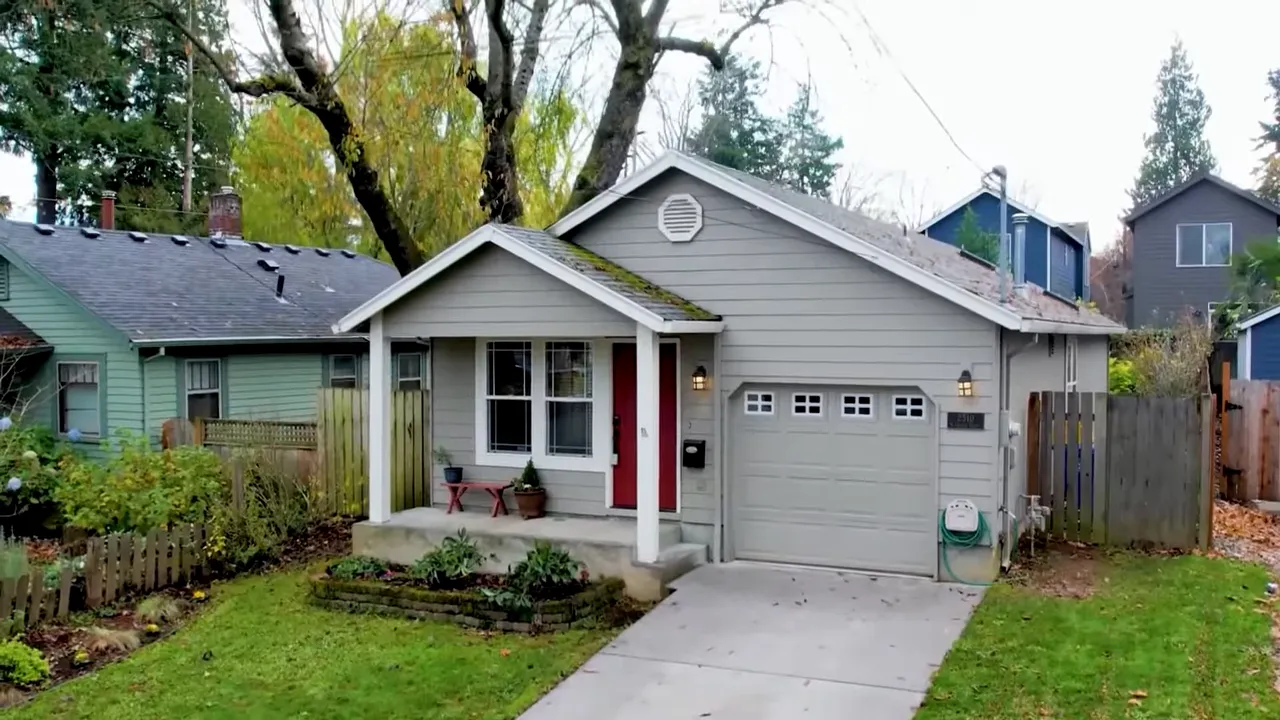
No Sales Tax, but Portland’s Cost of Living Is High
Portland has no sales tax—nice, right? But that doesn’t make it cheap. If you’re moving to Portland, Oregon from outside the West Coast, prepare for a high cost of living, with rising utility bills, steep property taxes, and state income taxes. Oregon’s tax structure shifts the burden away from sales tax and toward other areas.
What to expect:
- Property taxes: common ranges for metro homes fall in the $7,000–$15,000/year band, with variations depending on location and new construction. Some properties approach $17k–$18k annually.
- Income and estate taxes: Oregon has state income tax and can have high estate tax exposure.
- County differences: Multnomah County (greater Portland) tends to carry higher tax rates than Washington or Clackamas Counties. Many locals move to Beaverton-area suburbs or across county lines to save on property taxes.
Savings from no sales tax can be tempting, but they often don’t offset the higher recurring ownership costs. Factor all of these into your budget as you plan moving to Portland, Oregon.
School Districts in Portland Vary — Even Within the Same Zip Codes
School boundaries in the Portland area can be inconsistent and change block by block. If you’re moving to Portland, Oregon with kids (or considering property value and resale), you’ll want to thoroughly check school boundaries and school performance metrics before buying.
Tools and tactics:
- Use resources like SchoolDigger and GreatSchools to compare test scores and community ratings.
- Understand what ratings reflect: standardized testing, demographics, or parent-reported experience.
- Consider commuting or special enrollment if a particular district is a must for your child.
- Remember that schools influence home values—strong districts can justify paying a premium.
Some buyers deliberately seek the top-rated districts (for instance, highly rated Lake Oswego or similar), willing to pay more to avoid private school costs and to secure perceived better education outcomes.
Expect to Compromise on Something When Moving to Portland
The Portland market requires honest trade-offs. If you’re moving to Portland, Oregon, understand you probably won’t get every box checked for the same price point you might expect elsewhere. Prioritize the two or three non-negotiables that truly matter (location, number of bedrooms, single-level living, yard size, commute time, school district) and be flexible on the rest.
Practical approach:
- List absolute non-negotiables vs. nice-to-haves.
- Run searches and consult a local agent who knows where compromises are realistic.
- Test your priorities by touring homes and neighborhoods to refine what you’ll accept.
Sometimes the reality is that the property you originally pictured simply doesn’t exist at your budget—being willing to adjust can make the search effective and less frustrating.
Homelessness and Crime You’ll Notice in Portland Neighborhoods
This is a sensitive but important topic. Portland has a visible homeless population that many newcomers notice immediately. With growing encampments over recent years, some neighborhoods experience associated challenges such as discarded needles and property crime. If you’re moving to Portland, Oregon, understand this is part of the urban landscape and can affect feelings of safety in some parts of the city.
Context and coping:
- City policy leans “housing first,” meaning many systemic issues are complex; progress is uneven and sometimes slow.
- Impacts are block-by-block—luxury homes can sit within a few blocks of encampments in urban cores.
- Local tax measures (including a homeless services income surtax for higher earners) fund services aimed at mitigation.
- Talk to neighbors and check local crime maps if safety is a top concern; neighborhoods vary significantly.
When choosing where to live, assess each neighborhood personally and speak to current residents about day-to-day realities. If you’re highly sensitive, suburban or outlying communities may feel more comfortable.
Downtown Portland Isn’t the Thriving Metropolis It Used to Be
Downtown Portland saw a vibrant era of dining, entertainment, and waterfront activity. Recently, many downtown businesses closed or moved away, and commercial vacancy rates are higher than in previous decades. If your appeal for moving to Portland, Oregon centers on a lively downtown nightlife and cultural scene, you should know it’s been diminished and may take a long time to recover.
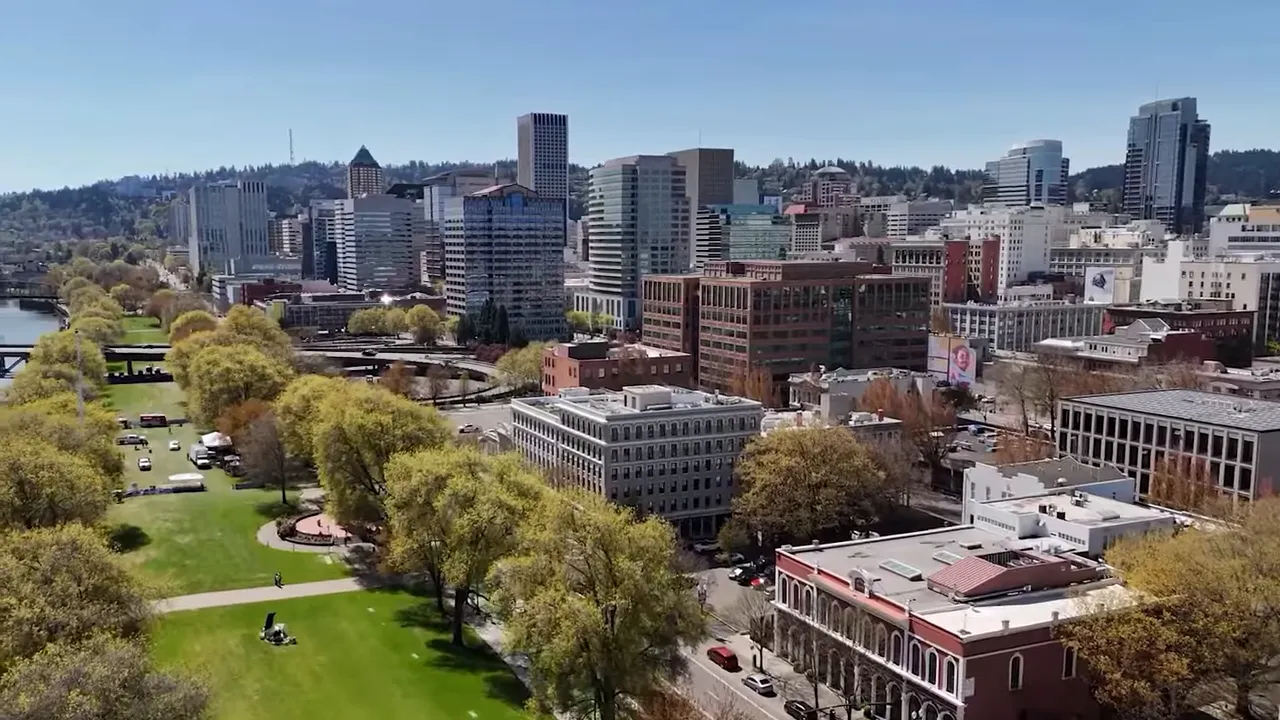
How residents have adapted:
- Neighborhoods and suburban hubs have become the primary places to eat, shop, and socialize.
- People tend to live, work, and entertain closer to home rather than commuting downtown for every outing.
- Revitalization plans are underway, but downtown life looks different than it did in the 1990s and early 2000s.
Decide whether you want a home near downtown or prefer lively neighborhood centers and suburbs that provide the amenities and safety you value.
Portland Politics: Take a Hard Left — Very Progressive Culture
Portland is known for its progressive politics. If you’re moving to Portland, Oregon and your political views are conservative, you may feel culturally out of step. The city’s political character shows up in policy, activism, and community values. On the flip side, this civic environment fosters strong engagement, inclusivity, and creativity for many residents.
What to consider:
- Local policies and community projects reflect progressive priorities.
- Some newcomers report moving to surrounding redder counties when their values clash with city politics.
- Outside the urban core, political climates can shift quickly—your commuting radius can expose you to different community cultures.
If politics matters heavily in your choice of home, research neighborhoods, talk to residents, and visit community meetings to see whether the local vibe aligns with your outlook.
Chains Are Out, Local Is In — Portland’s Local-First Lifestyle
One of the great things about moving to Portland, Oregon is the strong local economy. Portland resists big national chains in favor of local businesses: roasters, food carts, farm-to-table restaurants, co-ops, and artisan producers. For food and drink lovers, it’s a major draw.
What makes Portland special:
- Extensive farmers markets and a strong farm-to-table restaurant culture.
- Renowned coffee scene with local roasters and independent cafes across neighborhoods.
- Microbreweries, distilleries, and small artisan food producers thrive here.
For many, these local businesses and the culinary depth are a central reason for moving to Portland, Oregon. The city attracts loyal food tourists and supports creative small-business owners who become neighborhood fixtures.
Portlanders Are Friendly — But Can Be Hard to Befriend)
Portlanders are polite and often helpful (you’ll get let into traffic at four-way stops). But making deep friendships here takes effort. If you’re moving to Portland, Oregon and hope that neighbors will instantly become close friends, plan to invest time into joining hobby groups, volunteering, joining choirs, sports clubs, or other communities to meet people.
Strategies to build community:
- Join interest-based groups — music, biking, gardening, hiking, or arts organizations.
- Attend farmers markets, community events, or volunteer with local nonprofits.
- Be proactive: introduce yourself to neighbors, attend HOA or neighborhood association meetings, and consistently show up.
It’s a city full of friendly faces; you just have to work a bit harder to turn friendliness into friendship.
Final Thoughts: Should You Move to Portland, Oregon?
Here’s the blunt bottom line: Portland isn’t crashing—housing markets remain active and many people are moving here each year. But if you’re moving to Portland, Oregon, you need to be honest about what you can tolerate and what you won’t compromise on. The city offers incredible local culture, outdoor access, and a creative scene, but it also comes with weather challenges, housing quirks, taxes, and urban issues that affect daily life.
If this list of 12 items feels manageable to you, Portland could be an amazing fit. If several of these are deal-breakers, you might want to consider other locations or spend extended time renting in the region before making a permanent move.
FAQ — Moving to Portland, Oregon
Is Portland a good city for people who want a walkable lifestyle?
It depends. You can find very walkable pockets (especially downtown and some neighborhoods on both sides of the Willamette River), but the metro as a whole is car-dependent. If you’re prioritizing walkability above all else, aim for a downtown or centrally located neighborhood and be prepared for higher housing costs.
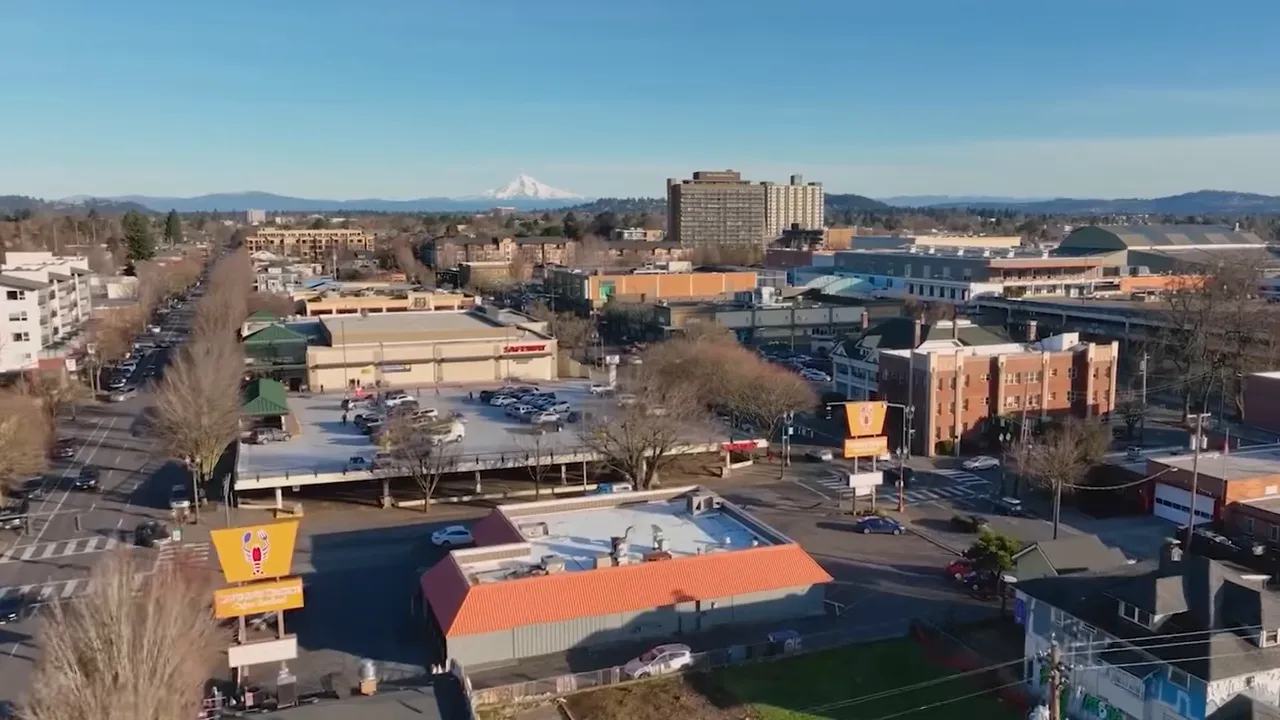
How bad is the weather year-round?
Portland’s climate can be long and gray. November through May often features extended periods of cloud cover and rain. Summers are beautiful but short. If the long gray season affects mood, visit during winter months to test your comfort level before moving to Portland, Oregon.
Can I rely on public transportation instead of owning a car?
Only in certain situations. Transit works well around MAX lines and some frequent bus corridors, but many residents still rely on cars for errands, commutes, and weekends. If you plan to go car-free, choose your neighborhood and job location carefully.
Are property taxes high in Portland?
Property taxes and utility costs are significant factors. The metro area is not cheap, and Multnomah County often has higher tax burdens than neighboring counties. Factor taxes into your long-term housing budget when deciding to move to Portland, Oregon.
Is the homeless situation a major problem everywhere in the city?
It’s visible and affects many neighborhoods, but it’s not uniform across the metro. It’s often block-by-block. Some areas are heavily impacted and others are relatively quiet. Research neighborhood-level crime data and speak to residents before buying.
How do I meet people after moving here?
Portlanders are friendly but don’t always invite newcomers in. Get involved with clubs and groups based on hobbies, volunteer, join your local gym or choir—organized activities are the most reliable way to build friendships.
Practical Next Steps If You’re Considering Moving to Portland, Oregon
- Visit for a full season: spend at least one winter month living here to gauge how the climate affects you.
- Prioritize your non-negotiables: list the two or three things you absolutely need in a home or neighborhood.
- Work with an experienced local agent who knows the area’s micro-markets (they can help you navigate school boundaries, tax differences, and one-level home scarcity).
- Check multiple neighborhoods for walkability, transit access, and community vibe; speak to neighbors and local business owners.
- Budget for maintenance: factor pressure washing, roof moss removal, drainage improvements, and higher utility costs into your homeownership plan.
If you’re still excited after reading this, Portland often repays its residents with an amazing local food scene, abundant green space, and a creative, community-driven culture. If you’re planning a move to Portland, Oregon, being informed will make your transition smoother and help you find the neighborhood that fits your life.
